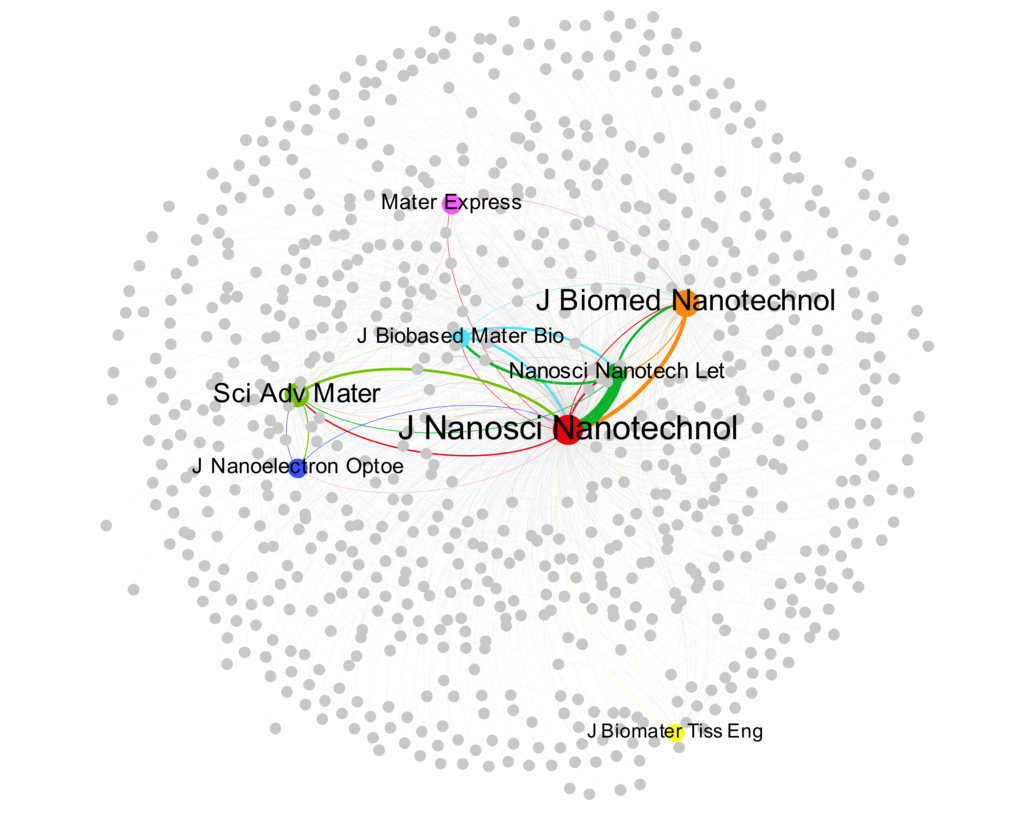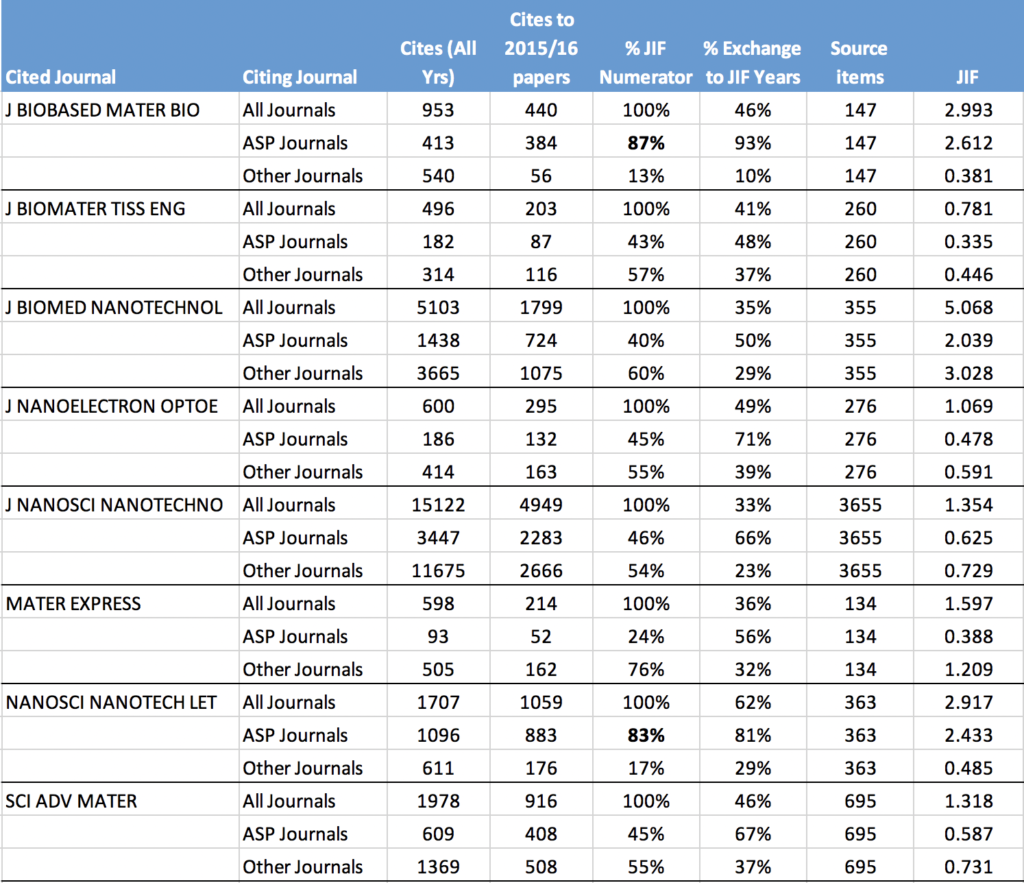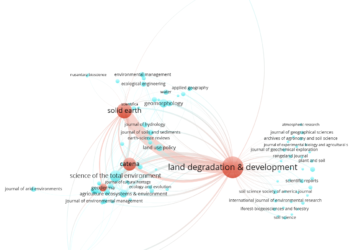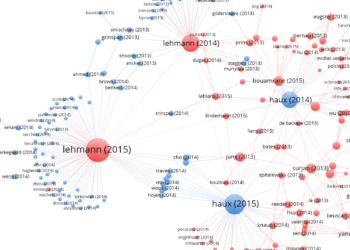The separation of powers is as important in academic publishing as it is in government.
If readers are to trust the integrity of the editorial and peer review process, editors need to be insulated from the business of publishing, which often means keeping them away from their colleagues in marketing, sales, and advertising.
So important is the separation of powers that some publishers physically separate editorial offices from business operations and place them in different cities. If they can’t separate these divisions physically, they will often develop strong internal policies to minimize influence. For example, PLOS does not disclose to the editor whether a submitting author has applied for article processing fee assistance when reviewing a manuscript.
Similarly, many publishers have explicit rules that prevent editors from handling their own paper or the papers of authors very closely associated with them. None of these separations of roles and powers guarantee that the decision to publish is entirely free of bias, but they do demonstrate a seriousness in building an institution, a process, and a product that can be trusted.
Last week, I described a publisher (American Scientific Publishers) that had four of its journals singled out this year by Clarivate Analytics for displaying a “problematic pattern of citations.” In a series of media questions conducted by email, the publisher, Dr. Hari Singh Nalwa, was quick to blame Chinese authors for the problem, before denying that he knew anything of the matter.
Nalwa (a name he adopted later in life) is listed as the “Founder, President, and Chief Executive Officer” of American Scientific Publishers, the Editor-in-Chief (EiC) of two of its journals, and an associate editor for two more. Not only does Nalwa have a stake in the business and editorial operations of his journals, he is also the author of several reviews published in the journals in which he operates as EiC. More surprising is that some of these reviews include first authors (Eric Singh and Ravina Singh), who appear to be his children. In three papers [1, 2, 3] published in 2015, Eric Singh lists the “William S. Hart High School,” located just a few miles from the ASP publications office as his institutional address. Eric is now an undergraduate in the computer sciences department at Stanford University. The LinkedIn page for Ravina Singh states that she worked as an Editorial Assistant and Marketing Associate for ASP between 2010 and 2016, where she “directed the editorial efforts of multiple academic publications that are circulated in over 600 universities worldwide.” Nalwa did not respond to my questions about family relationships at ASP.
Like the family associated most strongly with ASP, the eight ASP journals indexed in the Web of Science show a curious level of self-dealings, with high levels of citations directed to, and from, other ASP journals.

[T]he vast majority of citations used to calculate 2017 Journal Impact Factors for some ASP journals came from other ASP journals.
As should be visually apparent from the above graph, the vast majority of citations used to calculate 2017 Journal Impact Factors (JIFs) for some ASP journals came from other ASP journals (see Table below). For example, 87% (384) of the citations that determined the JIF score for Journal of Biobased Materials and Bioenergy were from other ASP journals, leaving just 13% (56) citations from other sources. If we were to remove ASP citations from Clarivate’s calculations, its JIF would drop from 2.993 to just 0.381. Similarly, 83% of citations determining the JIF score for Nanoscience and Nanotechnology Letters came from other ASP journals. These two journals also share the same EiC (Dr. Nongyue He). While these percentages should be alarming to most readers, they apparently are not high enough to invoke editorial suppression from the Journal Citation Reports.
Last year, the European Geosciences Union conducted an investigation of Artemi Cerdà –an editor suspected of abusing his position to manipulate the citation record to benefit his own journal, Land Degradation and Development, and his own publications. The publishers of EGU journals (Copernicus and Wiley) were involved as well. Without the separation of roles and powers, such an investigation (and ultimate resignation of the EiC) would not have been possible.
In the case of ASP journals, the founder, owner, CEO, editor, and author not only occupy the same office suite, but the same chair, with no separation of roles or powers. It’s like having the President of the United States overseeing the Executive, Judicial, and Legislative branches of government with the involvement of his children in various decision-making positions. With such a concentration of powers in the hands of a single individual, we shouldn’t expect that ASP will do anything as a result of Clarivate’s editorial expression of concern over the problematic pattern of citations in its journals. “This problem has been resolved so there is nothing to say,” wrote Nalwa in his response to my inquiry.
All hail the Chief!
Table Notes: % JIF Numerator is the percentage of citations from the citing (donor) journal that form the numerator of the citing (recipient’s) Journal Impact Factor calculation. % Exchange to JIF Years is the proportion of citations from donor to recipient that are considered in the JIF calculation. Source items is the number of papers used in the denominator of the JIF.
Discussion
6 Thoughts on "Oh, What A Tangled Web! Citation Network Underscores Editorial Conflicts of Interest"
Thank you for this post.
I like the delicate subject of conflict of interest. But how is this the *causality* of the image showing tight network? I have the feeling that same tight image may show the same pattern within one publisher, including new OA players, such as MDPI and Frontiers?!
About Frontiers: similar picture would be obtain with Frontiers especially in neurosciences related journals? How many citations from EU Human Brain, Blue Brain projects ruled by Mr Henry Markram, who is also CEO and editor in chief of Frontiers and his wife Kamila Markram CEO of Frontiers, both researchers at EPFL, but Mr as Professor and Mrs as researcher in neurosciences?
Phil, thank for a fascinating and disturbing piece. Your comments also cause me to think that the next question should be “who are the authors represented in these journals, what institutions do they work for, and what is the history of the rankings for those institutions.”?
This is an interesting topic as it resembles issues of corporate governance in corporations. There must be separation between the chairman of the board of directors, CEO, and CFO. Otherwise, caes of conflict of interests are likely to arise. The same applies to every industry like journals and publishing houses. There must be separation between the role of the EIC, members of the boards of editors, and authors. This is important to maintain integrity of the process. Bashar H. Malkawi
While I very much appreciate this expose of ASP (clearly a bad actor in the landscape), I take serious issue with the idea that good publishers have clear and defined “separations of power” between their editorial and marketing divisions: “editors need to be insulated from the business of publishing, which often means keeping them away from their colleagues in marketing, sales, and advertising.” Indeed, in the past 20 or so years, as a researcher who has submitted numerous book proposals to university presses and academic commercial presses, and who has also been asked to review book proposals and book manuscripts for those very same presses, the line between the editorial and marketing divisions of these presses is non-existent. I wish it were the case that the editorial divisions of academic presses operated in such a manner that their primary criteria for accepting manuscripts rested on the original and path-breaking contributions to scholarship of those manuscripts, but I have never seen an author or peer reader questionnaire that did not ask explicit questions about the potential, future “marketability” of the book, even going so far as to ask what other titles it would be “competing” with in the so-called academic marketplace of ideas and in which undergrad or grad courses it might be adopted. The potential sales value of any proposed book manuscript is clearly taken into account by very well-respected university and commercial academic presses when they are considering manuscripts for potential publication, and this happens during editorial review — all of the time, in fact. In the case of journals, I think the editorial process of selecting content for publication in specific issues is likely much less interfered with by marketing departments (thankfully), but the proposal of new journals in any field is not. So, as egregious and “outlier” as the case of ASP may be, it is not true that supposedly good, or better, publishers have inviolable lines in place between their editorial and marketing divisions. They decidedly do not. Many editorial divisions of presses even woo authors whom they believe will be “best sellers” and they also chase after emerging disciplinary areas they think will be “hot” (both intellectually and commercially). Some presses, such as the University of Minnesota Press, or Duke University Press, are really good at this, and it’s not necessarily the worst thing in the world. There are also market and institutional conditions, in the case of university presses, especially, that make it difficult for them to ignore marketability when making editorial decisions. So, while ASP and its CEO are beyond the pale, they are also an extreme limit case of what is already endemic in the academic publishing landscape.
Authors are expected to summarize the literature supporting their work, including articles they find lacking. You should not be suprised when they cite who and what they know and send their papers to editors who demonstrate interest in their work, whether the editors work in-house or at some research job.
I am disappointed that ASP journals are still being covered by JCR since the publisher has been on many lists of possibly predatory publishers and several of their titles appear on this year’s Scopus’ list of journals being considered for suppression.




